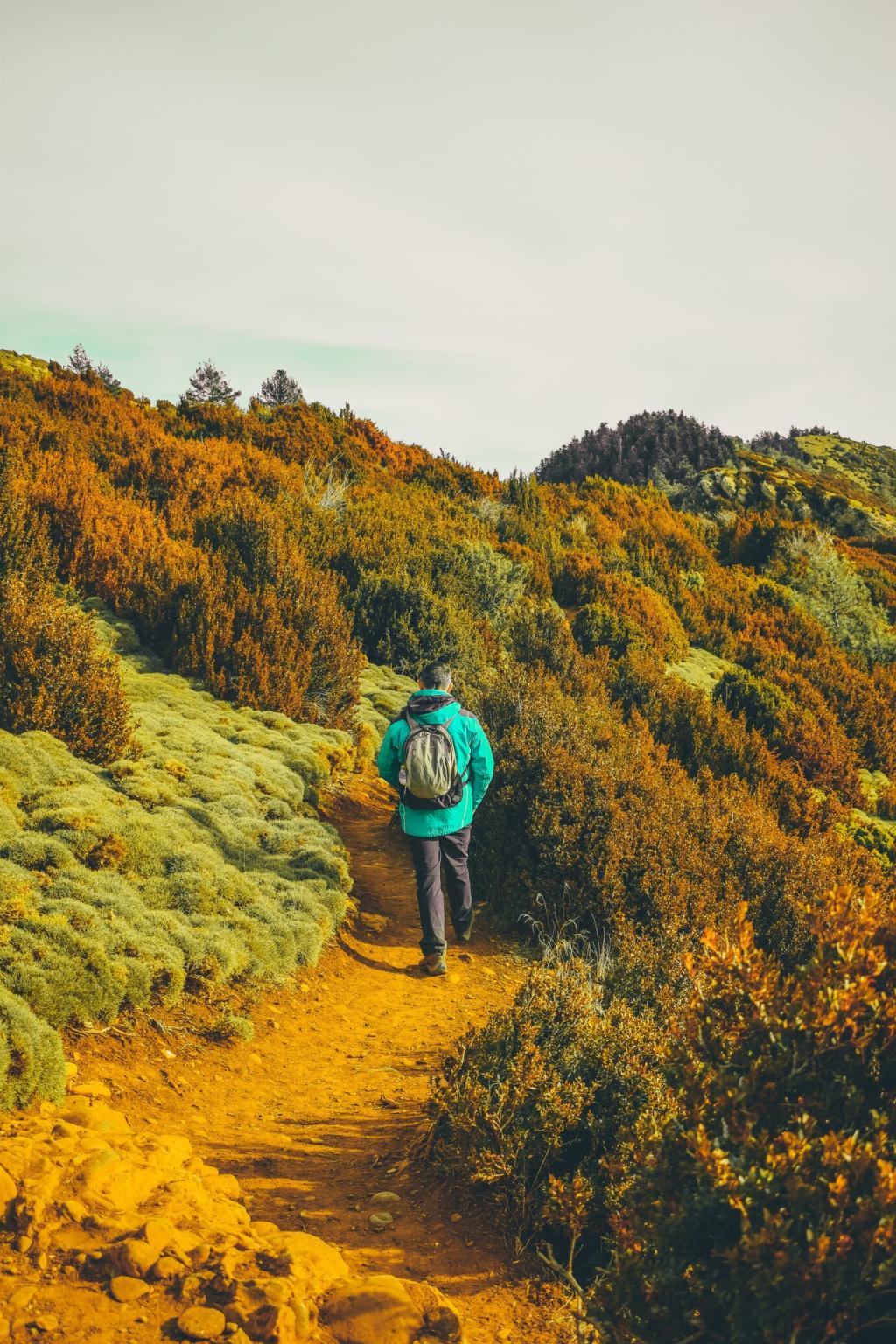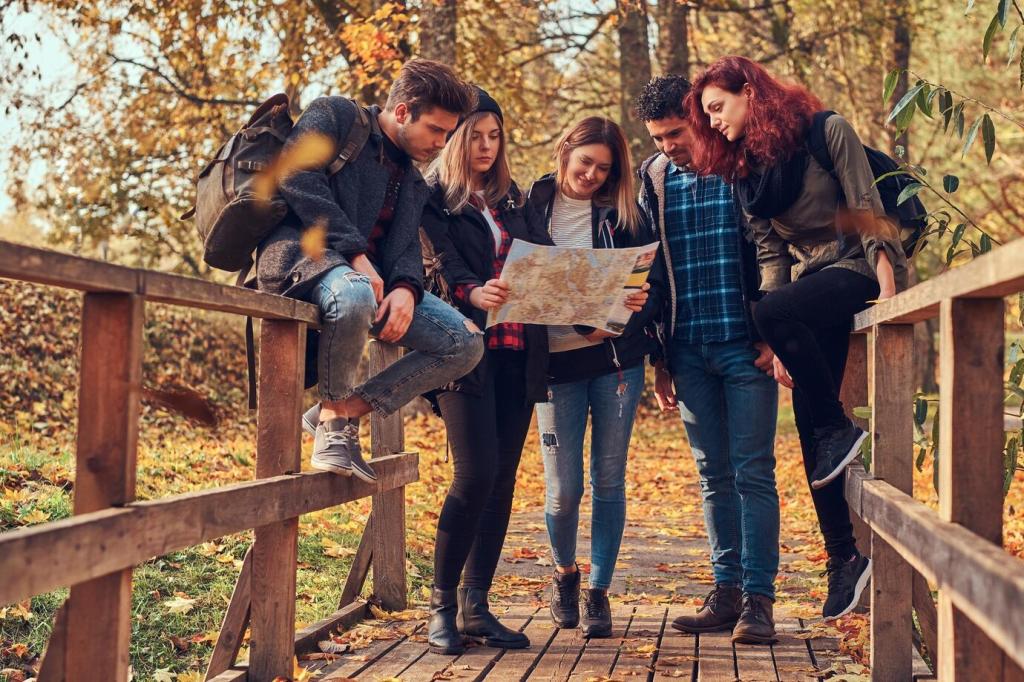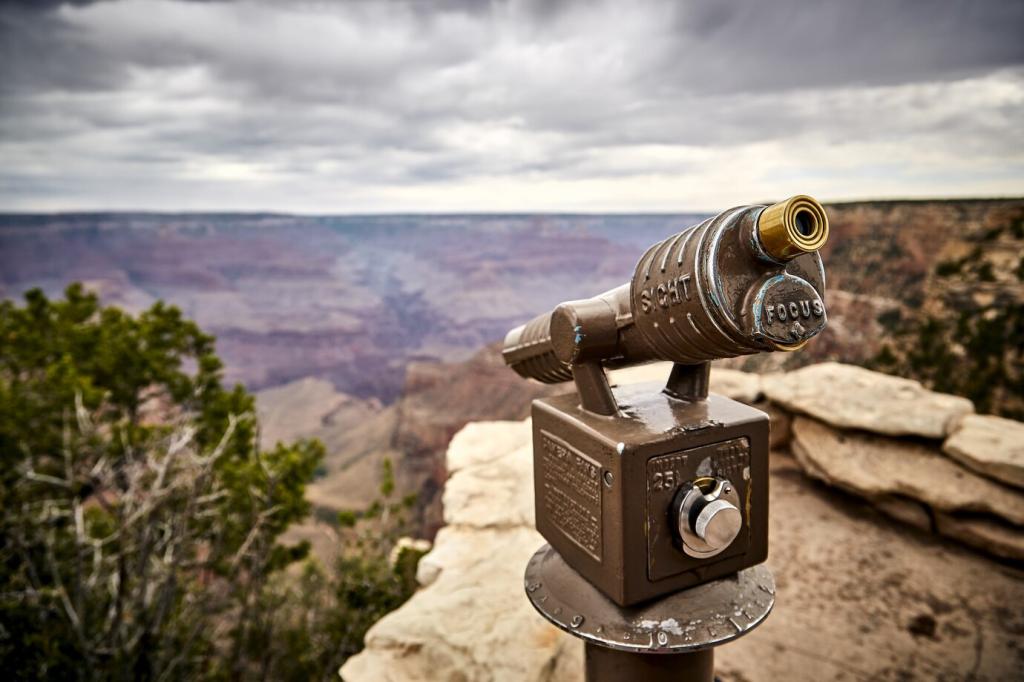Planning the Perfect Weekend Trip to Historic Destinations
Chosen theme: Planning the Perfect Weekend Trip to Historic Destinations. Step into living history with a plan that favors depth over speed, stories over checklists, and wonder over stress. Share your favorite historic hideaways in the comments and subscribe for fresh weekend itineraries with soul.

Pick the Right Historic City for a Two-Day Escape
Choose destinations you can reach in under four hours door to door, then weigh how much compelling history fits within walking distance. In York, we covered Roman walls, a medieval shambles, and a railway museum without ever feeling hurried. Your limited time deserves maximum story density.


Pick the Right Historic City for a Two-Day Escape
Historic quarters breathe differently across the year. Off-season light angles warm old stone, while shoulder months trim lines at castles and archives. Check local festival calendars, school holidays, and restoration schedules to avoid scaffolding surprises. Share your timing wins so readers benefit next trip.
Design a Two-Day Itinerary with Breathing Room
Start with the site that defines the destination’s story arc—a fortress, cathedral, or open-air museum—then orbit outward to smaller gems. In Kraków, beginning at Wawel clarified everything that followed. Book timed entries early, then buffer time for unexpected exhibits or a lingering view.

Boutique Inns in Repurposed Landmarks
Look for convents reborn as inns, canal houses turned small hotels, or railway lodges now cozy B&Bs. In Bath, a former Georgian townhouse offered creaking floors and morning light that made the molding glow. Ask about provenance; front-desk staff often hold delightful, unlisted anecdotes.
What to Expect in Heritage Buildings
Rooms may be quirky: uneven stairs, smaller wardrobes, or chiming bells nearby. Embrace charming imperfections and pack accordingly—slippers, earplugs, a compact flashlight. Treat original features with care. Post your practical hacks for sleeping soundly in character properties and help future guests rest easier.
Smart Booking and Reader Tips
Reserve early for peak weekends and ask for rooms with historical elements—beams, fireplaces, or period views. Confirm accessibility, heating, and check-in times. We once secured a turret room by politely emailing the manager with a brief personal note. Share your winning scripts and booking strategies.
Taste the Past: Culinary Clues to a Place’s History
Research Dishes with Roots
Before you go, search municipal archives, food history blogs, and old cookbooks for signature recipes. In Lisbon, learning about convent sweets transformed a simple pastry into a story of resourceful nuns. Build a shortlist of three historic bites and one market to anchor your tasting plan.
Markets, Tastings, and Food Museums
Schedule one market visit for context and one seated meal for reflection. Culinary museums or brewery tours add narrative layers to flavor. Guided tastings can compress centuries into an hour. Tell us which tasting changed your understanding of a city’s past, and why it resonated.
One Meal That Becomes a Memory
Choose one meaningful dinner tied to place—perhaps a tavern with a centuries-old license or a chef reviving archival recipes. In Ghent, a stew served in earthenware arrived with a story about medieval guilds. Capture the server’s anecdote in your notes, then share a photo and reflection.

Design a loop that strings together major sites along pedestrian streets, with a tram or bus to reset the route midday. Many UNESCO-listed old towns restrict vehicles; checking local transit apps ahead saves precious hours. Screenshot timetables offline to stay nimble when signal fades.

Photography can honor or overwhelm. Avoid blocking narrow lanes, skip flash in frescoed chapels, and ask artisans before shooting their work. Early morning light is kind to stone and crowds alike. Share your favorite ethical photo tip to help preserve the magic for everyone.

Cobblestones, stairs, and gradients can complicate plans. Research accessible entrances, loaner ramps, and quiet rooms at museums. In Edinburgh, a free mobility map transformed our route choices. If you use mobility aids, please comment with real-world advice that future travelers can rely on.

